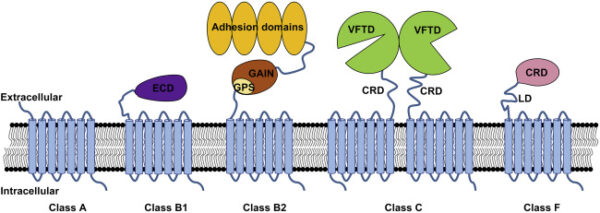The Antiparasite Library is a curated collection of compounds specifically designed and selected for their potential as antiparasitic agents. Parasitic diseases affect millions of people worldwide, particularly in developing regions, presenting a significant global health challenge. This library represents a valuable resource for researchers in the field of drug discovery, offering a diverse range of compounds that target various parasites and their life stages.
The Antiparasite Library consists of compounds that have been synthesized or isolated from natural sources, with a focus on their efficacy against parasitic organisms. It encompasses a broad spectrum of parasitic pathogens, including protozoa, helminths (worms), and ectoparasites such as ticks and mites. Each compound within the library undergoes rigorous screening and optimization to ensure its efficacy and safety profile, providing researchers with a variety of potential lead compounds for further development.
The library’s diversity is essential for targeting different parasites and their various stages of the life cycle. Parasites have evolved complex life cycles, often involving multiple hosts and intricate mechanisms of survival within the host. Therefore, antiparasitic drugs must exhibit specificity for the parasite while minimizing toxicity to the host. The Antiparasite Library addresses this challenge by providing compounds with varying mechanisms of action against different parasitic targets.
The compounds within the Antiparasite Library are derived from several sources:
Synthetic compounds: Chemists design and synthesize novel compounds specifically tailored to inhibit the growth and survival of parasites. These compounds are optimized through structure-activity relationship (SAR) studies, where variations in the structure are systematically explored to identify the most potent and selective compounds.
Natural products: Natural sources such as plants, microorganisms, and marine organisms have served as rich sources of compounds with antiparasitic activity. Researchers isolate bioactive compounds from these sources and evaluate their potential as antiparasitic agents. Natural products often possess complex chemical structures that can serve as starting points for the development of novel drugs.
Repurposed drugs: In some cases, approved drugs or compounds used for other therapeutic purposes may exhibit unexpected antiparasitic activity. By screening existing drugs, researchers can identify potential candidates for repurposing, optimizing their activity against parasitic targets. Repurposing drugs can expedite the drug discovery process and reduce development costs.
The Antiparasite Library’s significance lies in its potential to accelerate the discovery of new antiparasitic drugs. It provides researchers with a diverse collection of compounds, allowing for targeted screenings against specific parasites. By exploring the library, researchers can identify lead compounds that exhibit potent antiparasitic activity and selectivity, leading to the development of novel therapies against parasitic infections.
In addition to providing lead compounds for drug development, the Antiparasite Library offers other advantages:
Mechanistic insights: The library’s compounds enable researchers to gain a better understanding of the mechanisms underlying parasite-host interactions. By studying the effects of these compounds on parasites, researchers can uncover critical molecular targets and pathways for therapeutic intervention.
Resistance management: Parasitic resistance to existing drugs is a significant concern. The Antiparasite Library allows researchers to identify compounds with novel mechanisms of action, potentially overcoming resistance and providing alternative treatment options.
Combination therapy: Combining multiple compounds with different mechanisms of action can enhance the efficacy of antiparasitic treatments. The Antiparasite Library provides a platform for exploring synergistic interactions and combinations of compounds to optimize treatment outcomes.




